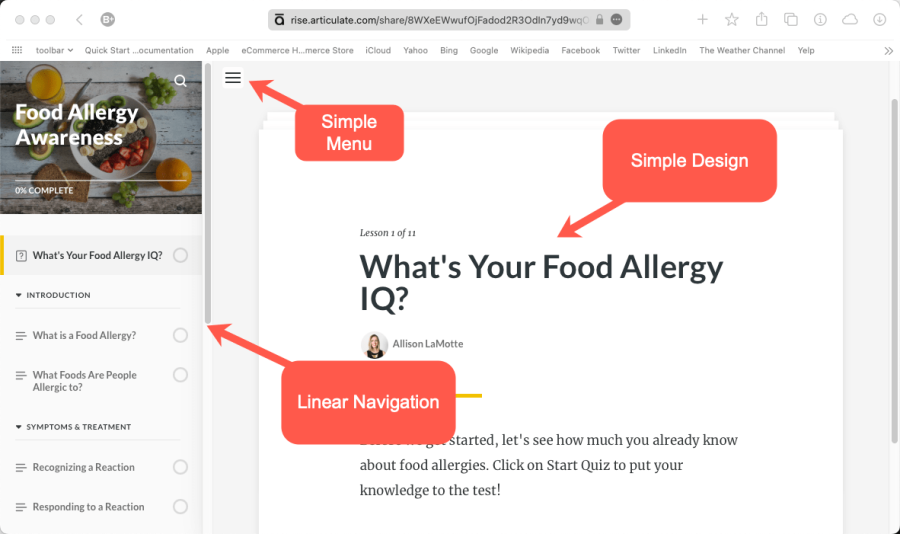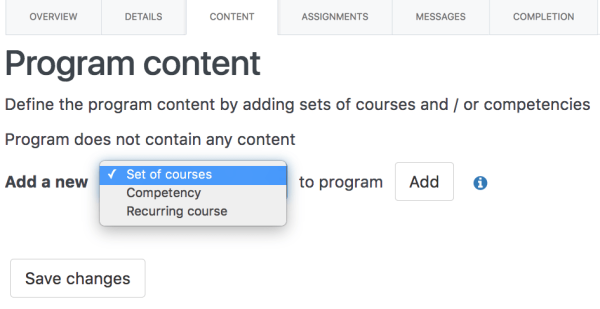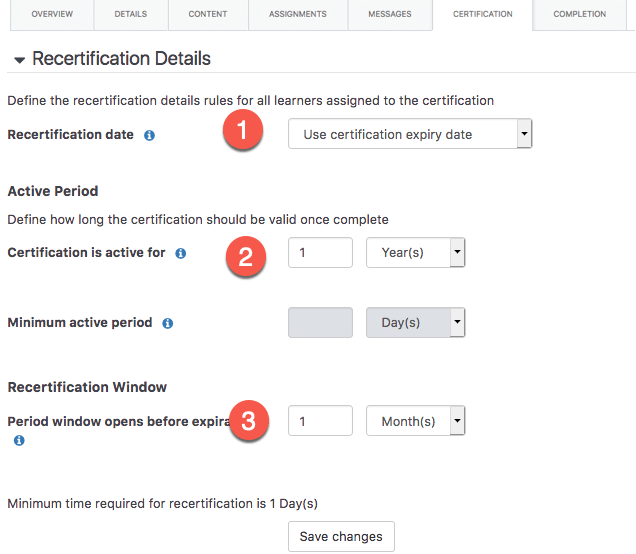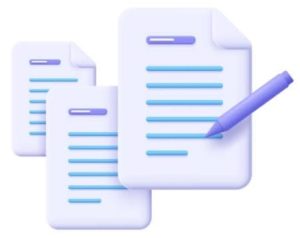Totara LMS is a powerful learning management system that can help you set up and manage your compliance training courses effectively. Compliance training is an essential part of any organisations learning and development strategy, as it helps ensure that employees understand and comply with legal and regulatory requirements. Here’s how you can do it:
- Define your compliance training needs
- Create your course content
- Set up your compliance training in Totara LMS
- Course Details
- Course Content
- Course Completion
- Assign the course to the relevant learners
- Create Audiences
- Create Programs
- Create Certifications
- Monitor learners’ progress
- Evaluate the effectiveness of your compliance training course
1. Define your compliance training needs
Before you can create a compliance training course, you need to define what training is required for your organisation. Review relevant laws, regulations, and internal policies that apply to your industry and identify the areas where training is needed. Also, consider the job roles and responsibilities of your employees, and determine the specific training they need to fulfil their duties. Once you have a clear understanding of your compliance training needs, you can start creating your course.
Training Matrix
Map out your compliance needs in a training matrix like this example below.
| Need/Reason | Course Name | Type | Duration | Duration | Time Allocated | Renewal Frequency | Name of Reviewer | Module Type | Date Last reviewed |
|---|---|---|---|---|---|---|---|---|---|
| External – WorkSafe Victoria | Manual Handling for Care Workers | Workshop | 2 hours | Heath Care Workers | – 2 weeks for new starters – 4 weeks for current staff | Annual | Sample Person | Workshop slides | 12/02/2023 |
| External – WorkSafe Victoria | Manual Handling for Corporate Staff | Online learning | 30 minutes | Corporate Staff | – 2 weeks for new starters – 2 weeks for current staff | Annual | External Agency | Articulate Rise Module | 25/10/2022 |
| Internal – Hote Services | Food Allergy Awareness | Online learning | 25 minutes | Catering Staff | 2 weeks | N/A | Another Person | Articulate Rise Module | 12/07/2022 |
2. Create your course content
Using the information you gathered in the previous step, you can begin to create your course content. You can create your content in various formats such as text, video, audio, or interactive elements, depending on the needs of your learners. It’s crucial to ensure that the content is clear, concise, and relevant to the learners’ needs. Also, you need to include assessments or quizzes to measure learners’ understanding of the material.
Personally, I find that Articulate Rise lets me create beautiful, responsive e-learning courses that’ll look perfect on any device in a matter of hours. Click here to see an example module on Food Allergy Awareness that highlights what is possible using Articulate Rise. Building content in Rise is easy – just need to add relevant blocks. Design is limited to choosing theme colours. If I need to include custom interactions, I build them using Storyline and embed them into my Rise module as blocks.

When I need to create a pixel-perfect design with complex interactions and branching, I use Articulate Storyline. Here is a great example of what an engaging online learning module built using Articulate Storyline looks like. Difficult conversations in the workplace – employee course by FairWork Australia

3. Set up your compliance training in Totara LMS
After creating your content, you need to set up your compliance training course in Totara LMS. Totara LMS allows you to create and manage your courses in one central location.
There are 3 parts to creating a course in Totara LMS:
- Course Details: You can set up your course with a clear title, description, and objectives to help learners understand what the course is about. This also includes making the course visible in the training catalogue to a certain cohort (audience), adding a course image and display settings for the course: topics, weeks or tiles.

- Course Content: The course itself is made up of Activities and Resources. Activities include Seminars Activity (for Workshop attendance ), SCORM Activity (Online learning module), Assignment Activity (for marking competency), Quiz and Feedback modules and more. These activities have completion criteria that need to be correctly set. You can also use the Restrict Access feature to show one module to staff from one team and another module to staff from another team.

- Course Completion: Having added the course content, you need to select which of the activities count towards completion of the course.

4. Assign the course to the relevant learners
After setting up your course, you can assign it to the relevant learners or groups of learners. Totara LMS allows you to assign courses to specific departments or job roles, making it easier to manage and track learners’ progress. You can also set deadlines or completion dates to ensure that learners complete the course within the required timeframe.
There are 3 parts to assigning training in Totara LMS:
- Create Audiences: create cohorts (user groups) that will be populated manually or dynamically using unlimited combinations of rules built on supplied HR data, user completion records and other collected user metrics. For example, to dynamically create a Learning & Development cohort, we can set the following rules based on user profiles: a staff member of HR, should be active and have a role of trainer or training manager. Use Set Audience when there are a limited number of individuals within the group, with infrequent updates to the members of the audience e.g. course creators across the site.

- Create programs: A program is a learning path or sequence that learners need to follow to complete the compliance training i.e. one or more compliance courses. Programs are great when training needs to be completed just once. The program is assigned to the selected audience and scheduled for either a fixed completion date or relative time (e.g. within 2 weeks of enrolment into the program).

- Create certifications: Use certifications (recurring programs) when the compliance training needs to be repeated. They are just like programs, but include the option to indicate a recertification date (1), how long the certificate is valid for – set a renewal frequency (e.g. annual) (2) and how long current users are given when repeating the training (3). Certifications are an excellent tool to roll out detailed learning for new starters and a simplified shorter version for when repeating (saving tons of training time). Test your learners and if they fail, you can force them to repay the longer course.

5. Monitor learners’ progress
Totara LMS allows you to track learners’ progress and performance, providing you with valuable insights into their understanding of the material. You can monitor learners’ progress through the reporting dashboards that provide real-time reports on course completion, assessment scores, and learner engagement.
Set up separate reporting dashboards for different roles: learners, staff managers, executives and board.
Program Reminders: You can also send reminders to learners who are required to complete training in the next few weeks or those that have not completed the course within the required timeframe (now overdue). You can also alert their managers.

6. Evaluate the effectiveness of your compliance training course

After the completion of the compliance training course, you should evaluate its effectiveness to identify any areas for improvement. Totara LMS allows you to collect feedback from learners through surveys or feedback forms. You can also review the course analytics to identify any knowledge gaps or areas where learners struggled. Using this feedback, you can improve your compliance training course and ensure that it meets the learners’ needs. However, to analyse the feedback you would need to visit multiple courses.
Centralised feedback: I prefer to create feedback forms in 1 course in the LMS. From all other courses, I use the URL resource to create a link to the course with feedback in it. I can pass the course ID and employee details as URL attributes to pre-populate the feedback form (using a little bit of JavaScript). This way, I can export and analyse feedback for all courses within the LMS.
In conclusion, setting up a compliance training course using Totara LMS is a straightforward process that involves defining your training needs, creating course content, setting up the course in Totara LMS, assigning the course to relevant learners, monitoring their progress, and evaluating the effectiveness of the course. By following these steps, you can ensure that your organisation is compliant with legal and regulatory requirements while also providing your employees with the knowledge and skills they need to perform their roles effectively.

